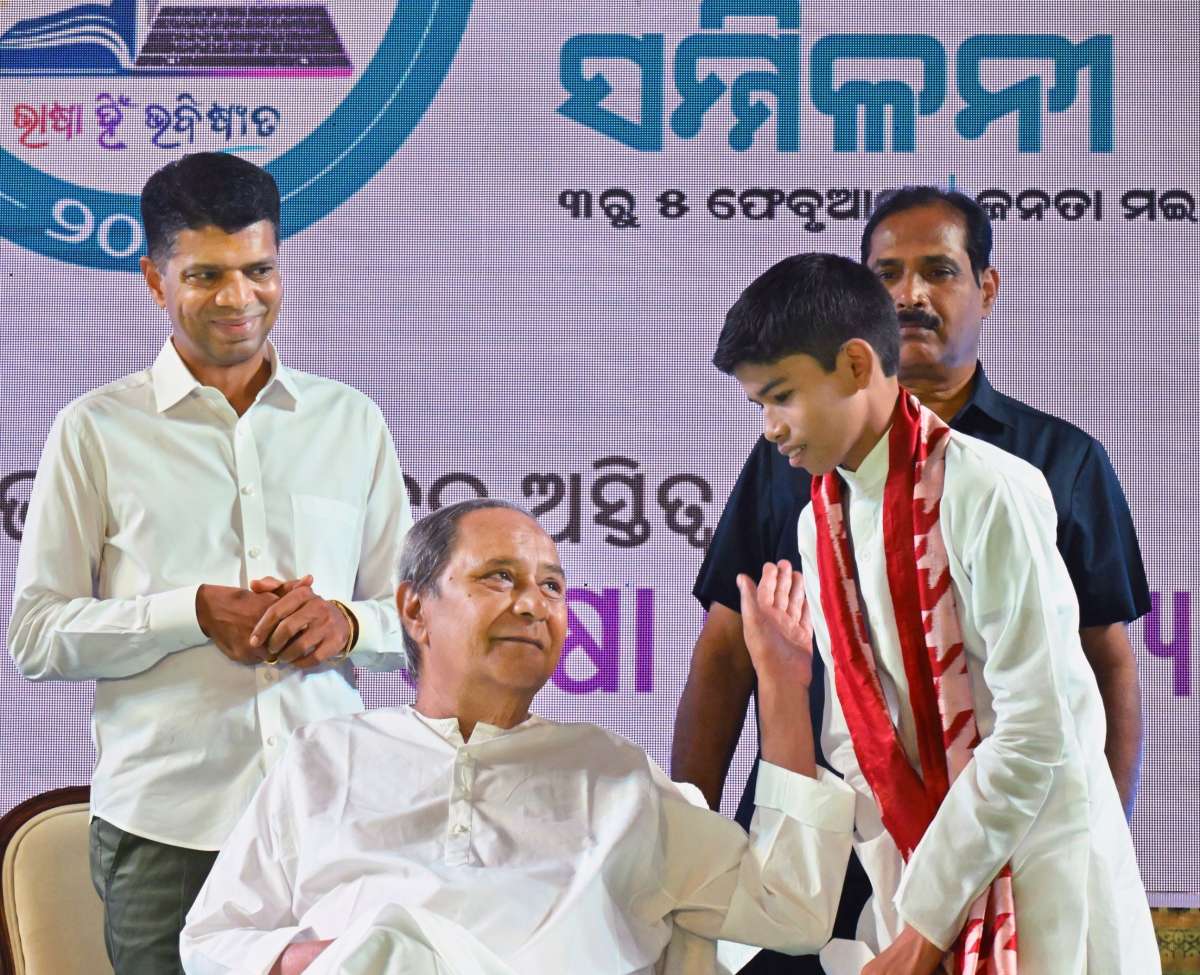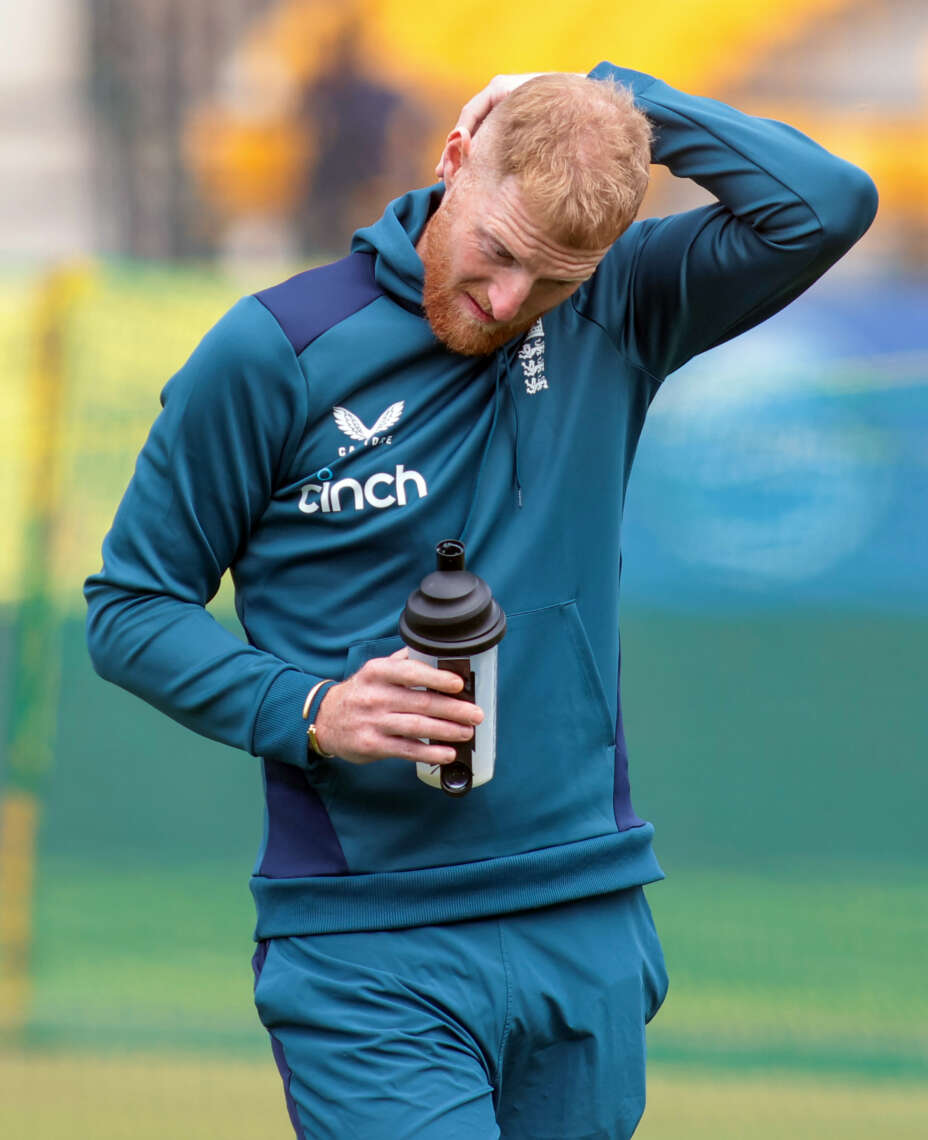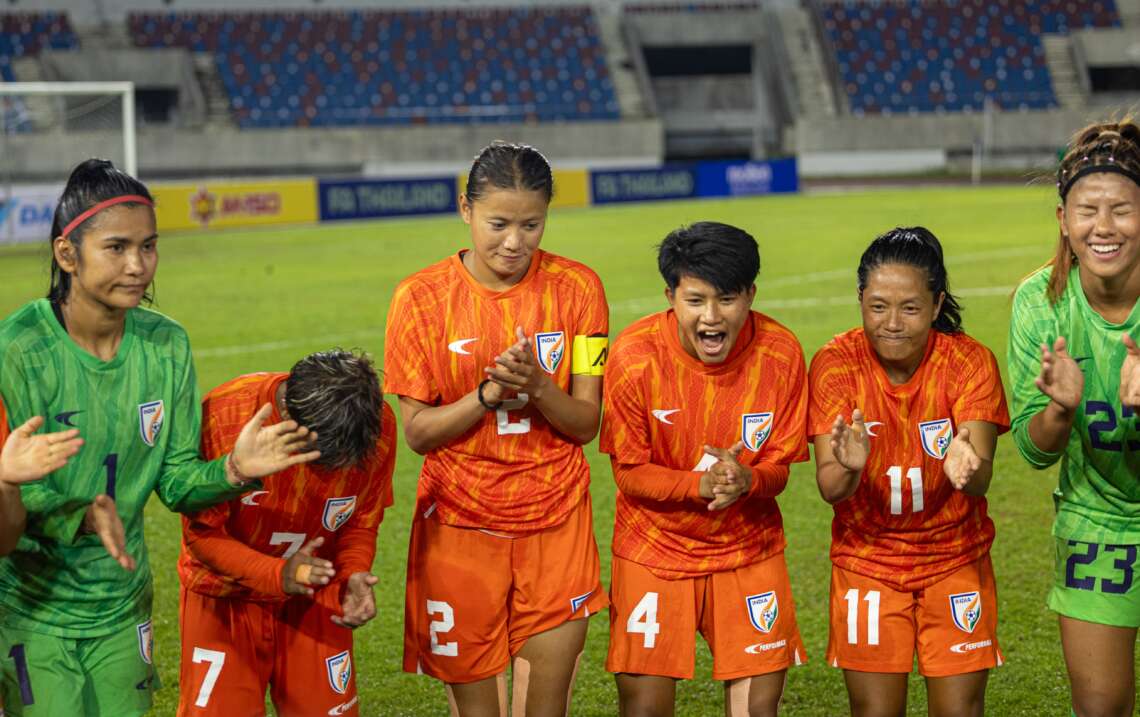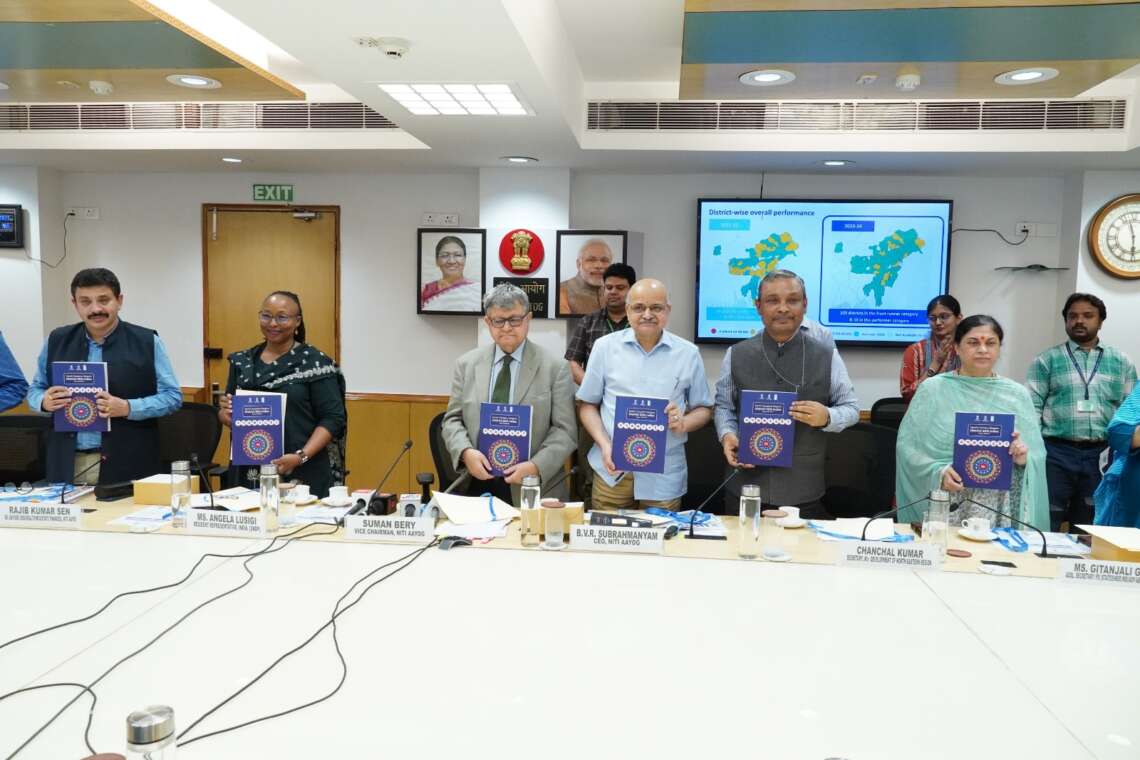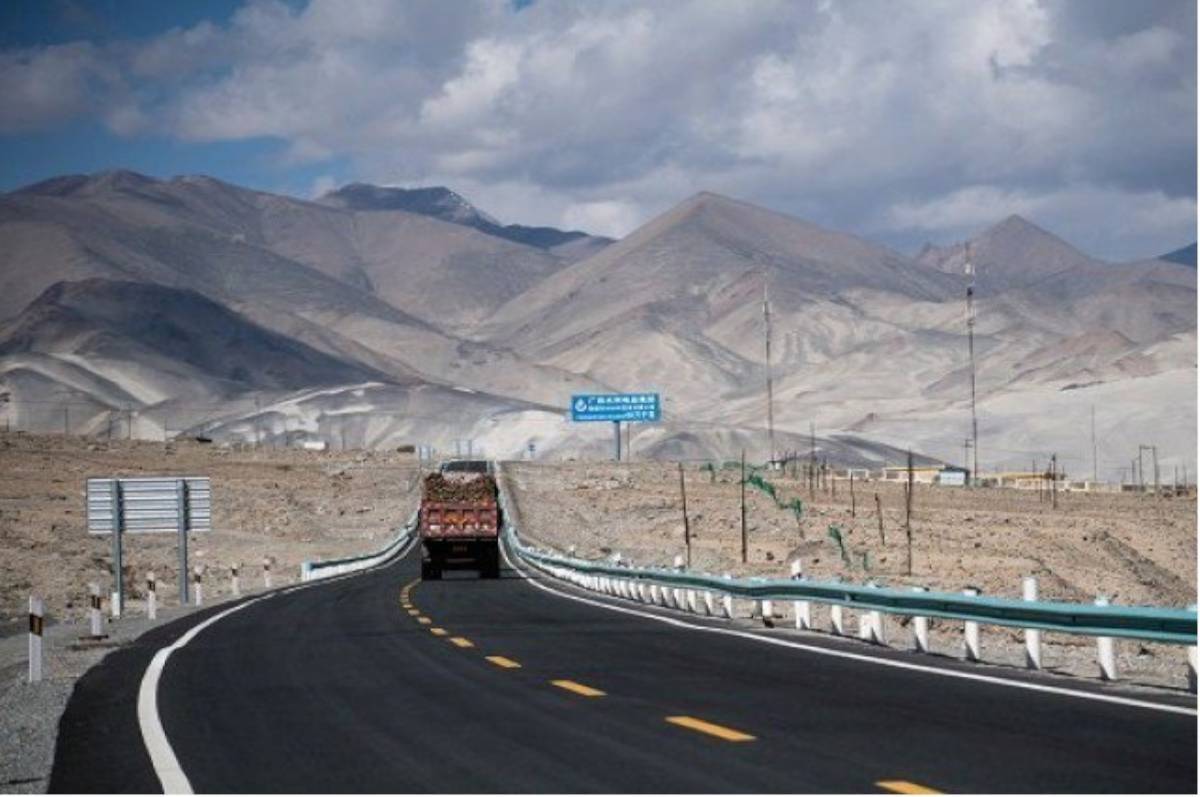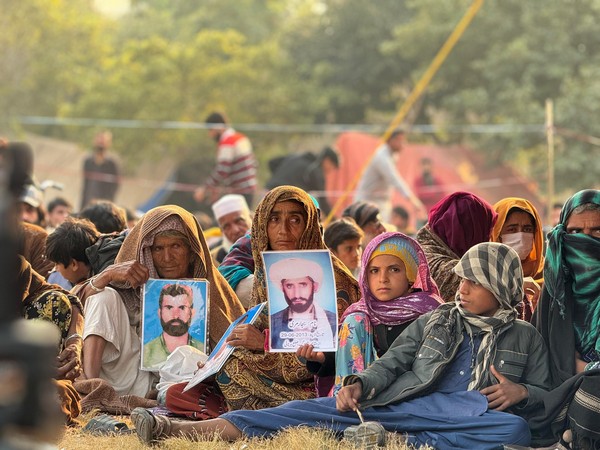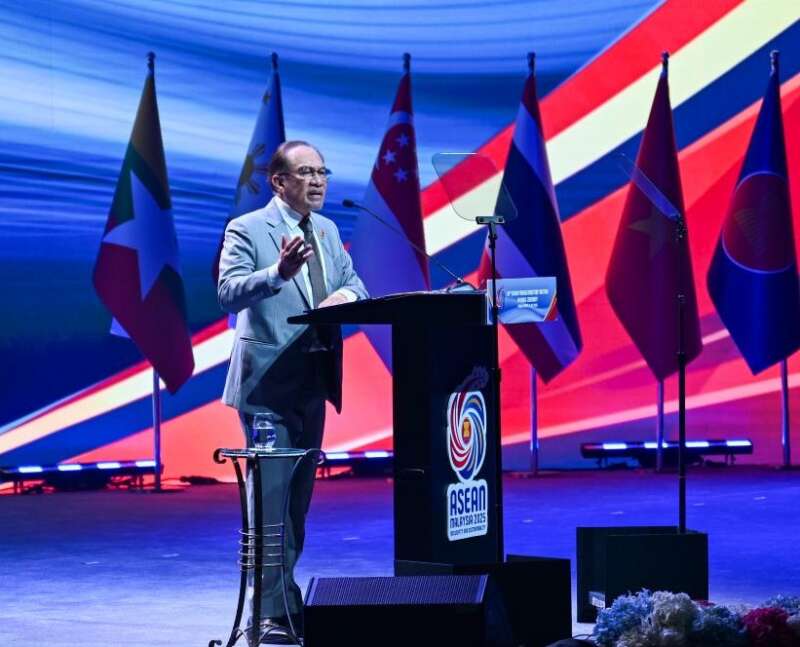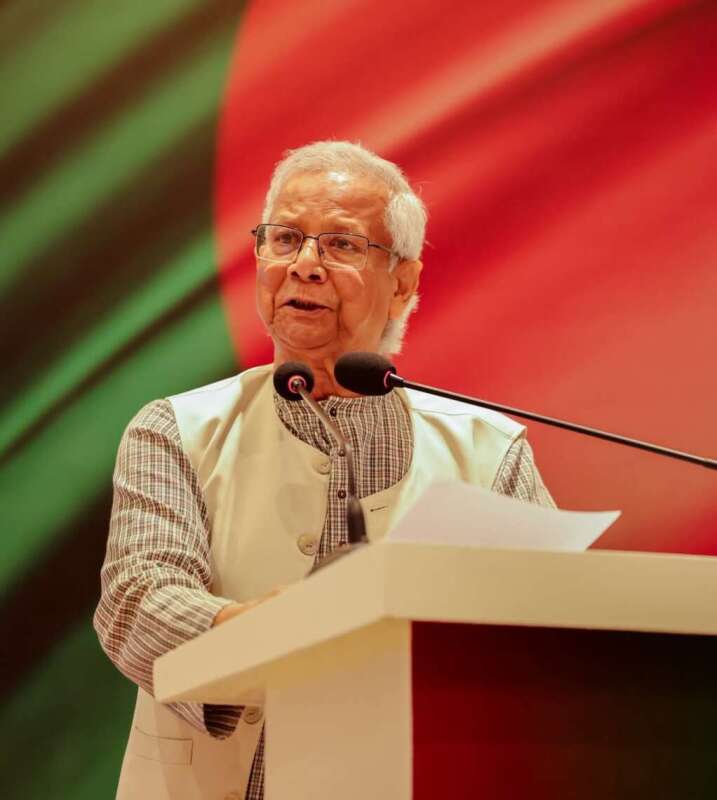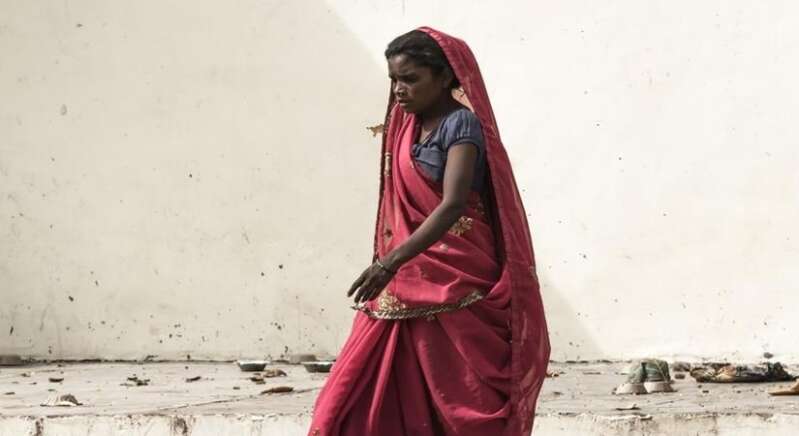Historically, the farmers of the western region, once a stronghold of the Congress, have wielded considerable electoral influence by voting en masse…reports Asian Lite News
With the Election Commission of India (ECI) unveiling the dates for the simultaneous Lok Sabha and Odisha Assembly elections, the spotlight shifts to farmers of the western region, whose votes hold significant sway over at least five parliamentary constituencies and 35 Vidhan Sabha seats.
In Odisha, which comprises 21 Lok Sabha seats and 147 Assembly segments, elections are scheduled to be held in four phases on May 13, May 20, May 25, and June 1.
Historically, the farmers of the western region, once a stronghold of the Congress, have wielded considerable electoral influence by voting en masse.
In the 2019 general elections, all five western Odisha Lok Sabha seats were secured by the opposition BJP, while the ruling BJD, led by Naveen Patnaik, failed to secure a single seat in this agriculturally rich region, often referred to as the “Anna datas” (providers of food) region, with areas like Bargarh and Kalahandi being prominent rice-producing hubs.
Out of the eight seats won by the BJP in the state in 2019, the party secured victories in all five Lok Sabha seats in the western region, including Sambalpur, Bargarh, Bolangir, Kalahandi, and Sundergarh. The remaining three seats were won in northern Odisha’s Balasore and Mayurbhanj, as well as the coastal belt’s Bhubaneswar.
However, despite the BJP’s success in the Lok Sabha elections, the people of the region predominantly favoured Naveen Patnaik’s BJD in the assembly polls.
Out of the 35 assembly segments within these five western LS constituencies, BJP candidates only managed to secure victories in eight, with the majority going in favour of the BJD. The Congress also secured victories in three assembly segments in the western region.
Recognising the significance of farmers in the western region and aiming to regain their support, the Odisha Pradesh Congress Committee (OPCC) has promised various agricultural incentives in its recently released election manifesto.
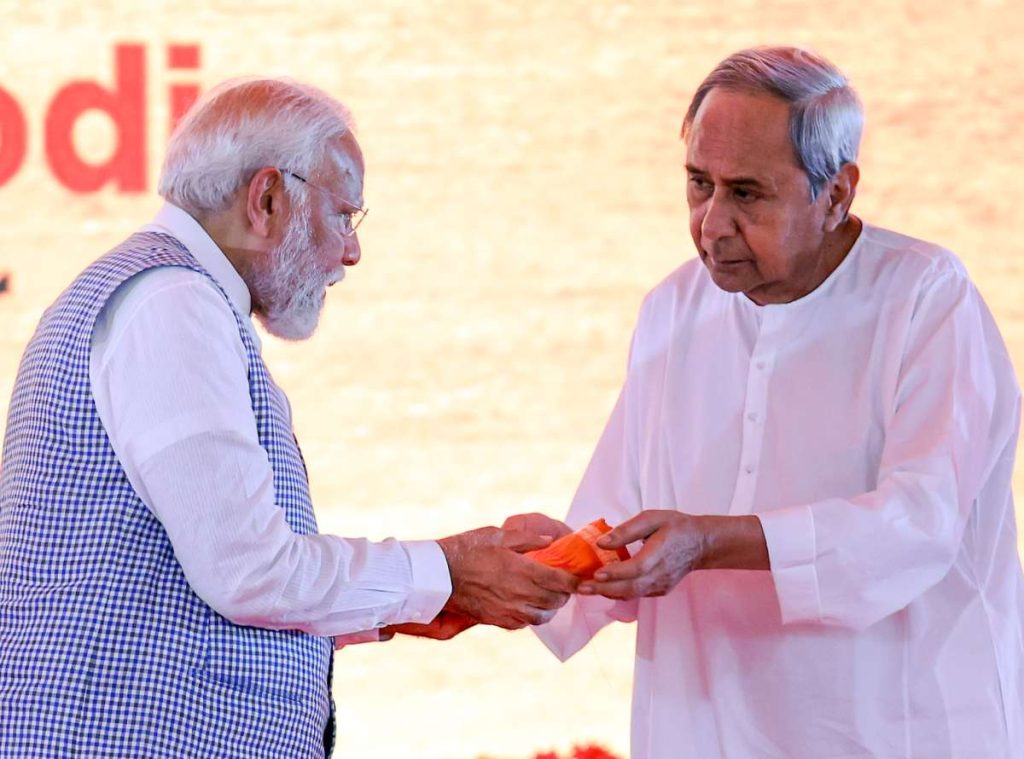
These include farm loan waivers, a guaranteed minimum support price (MSP) of Rs 3,000 per quintal of paddy, pensions for farmers, allowances for agricultural workers, complete GST withdrawal on agricultural products, among others.
Sarat Patnayak, president of OPCC, emphasised the importance of farmers in the rural economy and pledged support to them if the Congress comes to power after the 2024 elections.
“Farmers are the backbone of rural economy and the Congress will do everything possible for the Anna Datas if it comes to power after 2024 elections,” Patnayak, who also hails from Bolangir district, a part of the western region, said.
On the other hand, the ruling BJD, which has governed the state since 2000, has not yet released its election manifesto but claims to have implemented several schemes for the welfare of farmers.
Notably, initiatives like the Indravati Irrigation project and the recently launched Lower Suktel irrigation project aim to benefit farmers in regions like Kalahandi and Bolangir.
Additionally, the BJD government has undertaken significant water infrastructure projects in various districts, further emphasising its commitment to agricultural development.
The BJP, meanwhile, has been appealing to farmers in the region through schemes like the Pradhan Mantri Fasal Bima Yojana, particularly crucial for the drought-prone KBK (Kalahandi-Bolangir-Koraput) region.
Pradip Purohit, a BJP leader and former MLA, asserted that the farmers of the western region strongly support the saffron party, citing confidence in Prime Minister Narendra Modi.
Despite agriculture being the primary livelihood for 70 per cent of the state’s population, farmers in western Odisha have been notably organised in articulating their concerns to the government, unlike their counterparts in other parts of the state.
While the BJD has a stronghold in coastal and central Odisha, winning 12 Lok Sabha seats in 2019, the BJP and Congress have also secured victories in different regions, indicating a three-way competition as the election dates approach, with all parties vying for the support of the crucial farming community.
ALSO READ: India goes to poll


